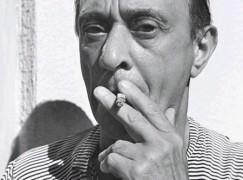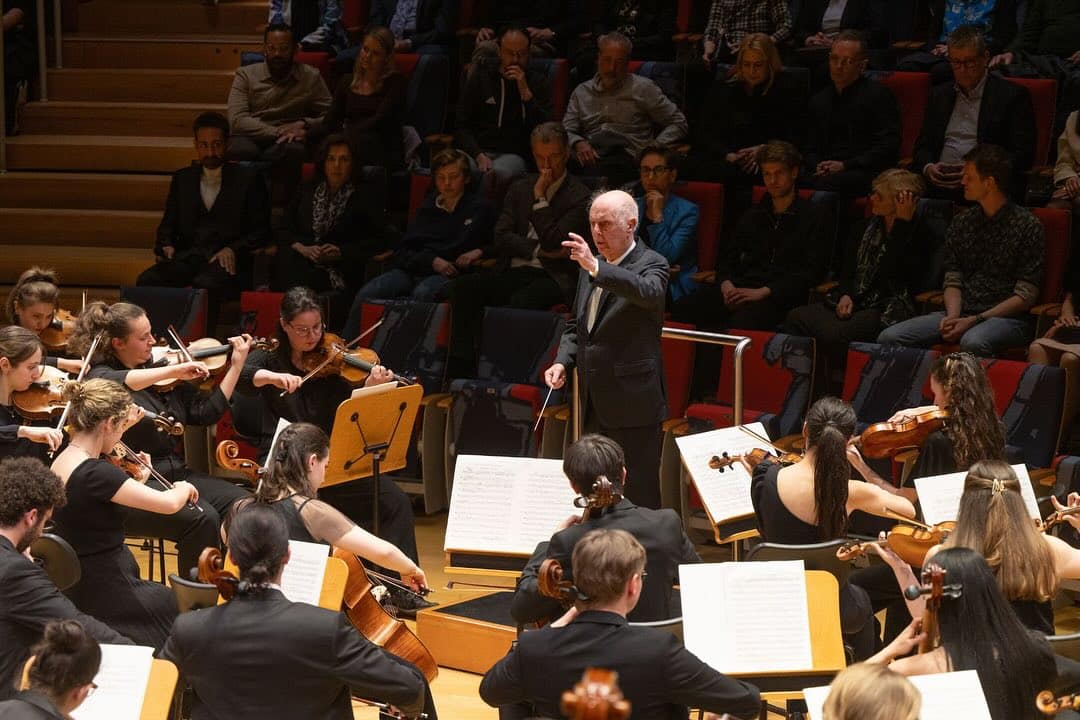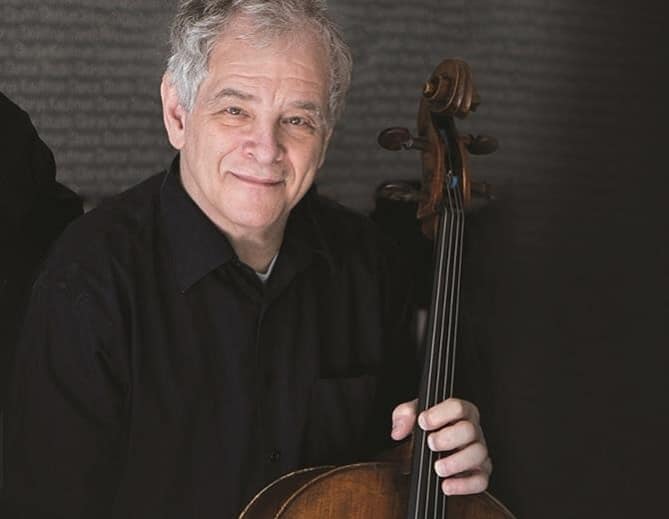This is Schoenberg for people who fear Schoenberg
mainA US orchestral manager told me the other day that nothing chills the box-office in 2015 like Arnold Schoenberg’s name on the programme. More than a century after his first notoriety, Schoenberg is fixed in the public mind as a kind of musical emetic, a foul-tasting medicine you take to cure a bad digestion.
It doesn’t have to be like that. My Album of the Week on sinfinimusic.com is not exactly Schoenberg for Dummies, but the kind of thing you could take a bank manager along to without fear of default.
Click here and all will be clear.

You know it’s good for you.





Comments